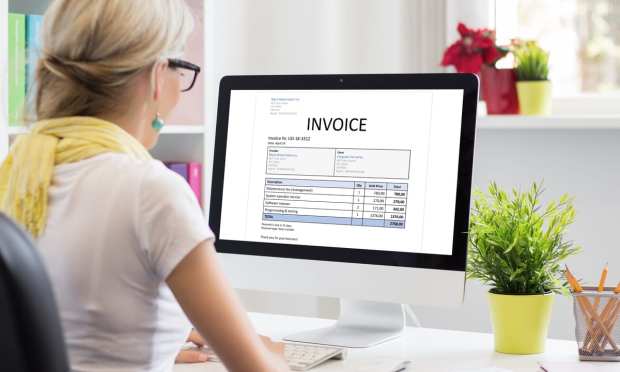Amex: On-Demand Working Capital Solutions Let Buyers, Suppliers Pick Their Payments Day

At a time when the pandemic has fueled a surge in creative corporate payment solutions, American Express has revamped its Early Pay supply chain solution to allow large companies and their suppliers to choose when they will pay or get paid.
Daniel Brachfeld, Amex’s general manager of supply chain solutions, told PYMNTS CEO Karen Webster that the new digital platform combines traditional supply chain finance and transaction banking into one.
“It’s kind of an on-demand working capital solution,” he said. “If you don’t want to pay a fee to get paid early, you don’t have to, you can just literally ignore the offer. If you need it, you use it. If you don’t, you’re not going to be charged a fee for it.”
Brachfeld said the Early Pay enhancements come two years after the program was launched, targeting large businesses that do at least $300 million in revenue annually. The platform was designed to offer benefits to businesses on both sides of a payment. On the one hand, buyers can take greater control of their B2B payments and generate extra cash from suppliers who offer discounts in exchange for being paid as much as two or three months early. On the other hand, suppliers can optimize their cash flow and determine whether a discount for being paid early is worth it.
The COVID Effect
As far as the “Why now?” question, Brachfeld said the Early Pay revamp comes at a time when FinTech efficiency solutions surrounding accounts receivable are “white hot,” as the pandemic has accelerated an array of back-office upgrades and has also left a lot of small- to medium-sized businesses (SMBs) in a bind.
“COVID has had many different impacts,” he noted. The first is that integration of historically in-house enterprise resource planning (ERP) systems is finally moving to the cloud. “For years, it was like, ‘I don’t need to do this. I like my control,’ but now there’s a willingness to actually have cloud solutions, so that opens up so many opportunities.”
The second thing is that for many suppliers, Brachfeld said getting paid earlier has “become a bit of a lifesaver” for businesses that have had to be very creative in how they generate working capital.
“If you’re a small or mid-sized business and you’re lucky enough to have as a customer one of these large businesses on supply chain finance, you now have the ability to get your invoices accelerated 60 or 90 days, and it becomes incredibly helpful and handy when you’re thinking about paying your rent, utilities, facility costs, things like that,” he said.
A Second Spike
In the first few months of the pandemic, Brachfeld said he saw a spike in demand for early payments alongside heightened worries about the economy, as well as an increase in “goodwill” by businesses wanting to help out their suppliers.
But while that has largely stabilized back to normal levels, Brachfeld said he thinks the typical year-end increase in Early Pay requests seen in November and December could carry over into the new year.
“Then there’s the fact that for a lot of small businesses, government help is not available right now, and there’s a big question mark as to when it [the stimulus] comes back,” he said. “Usually, January and February [are] super slow, but we’re expecting a big spike this year.”
Simplicity Sells
Brachfeld noted that Early Pay was built to be quick and easy to use for SMBs that are usually pressed for time. It requires only four basic data fields: a supplier’s name, the amount due, the due date and the invoice number.
“The idea is to make it so suppliers really don’t have to do any work,” he explained.
Specifically, the entire Early Pay option is sent off in a one-click email that allows suppliers to opt-in or pass.
“It’s a digital offer that says you have an invoice due on this day,” he said. “You can either do nothing and you’ll get paid on that day, or if you want to be paid early, you have two choices. You can literally click once in an email to get paid now or go into a calendar and choose which day to get paid.”
Brachfeld said the only revenue source in this entire model comes from the supplier fee if the recipient chooses to get paid early. As an example, a 60-day advance on a 6 percent APR amounts to a 1 percent or $100 discount on a $10,000 invoice, which puts money in the account two months sooner.
“It’s a good deal,” Brachfeld said, noting that the pricing is set so that it should always be better than a business’ unsecured cost of borrowing, whether it’s a line of credit or a loan.
As far as uptake is concerned, he said that about 25 percent of small suppliers participate, while about 15 percent of medium-sized vendors do so. Addressing the competitive set, Brachfeld said that “banks don’t really participate in this space,” and only a few FinTechs do. Besides American Express, he said, “there are very few companies out there that reach deep into the accounts payable file.”